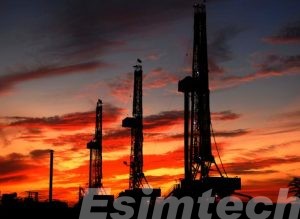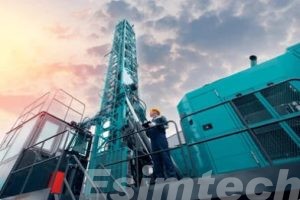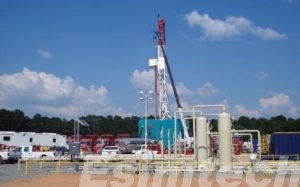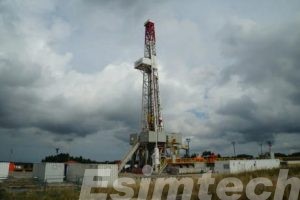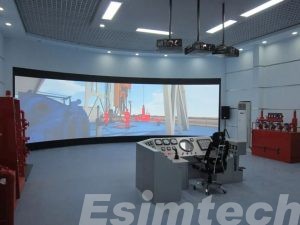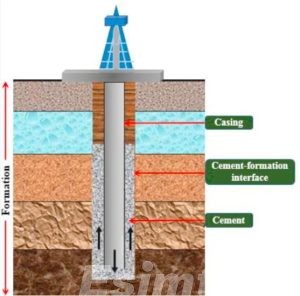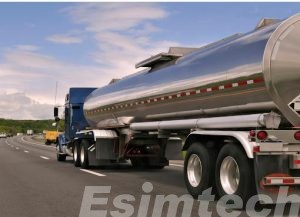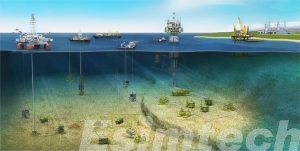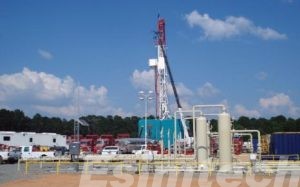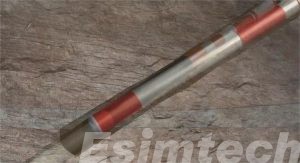Effective Well Control Strategies for Tight Gas Reservoir Drilling
Tight gas reservoirs are one of the biggest frontiers in energy production today. These enormous resources are locked into rock formations of very low permeability, and their extraction is quite…
Wireline vs. Coiled Tubing for Well Intervention: Choosing the Right Method
Well intervention in the oil and gas sector entails performing maintenance, repair and enhancement activities. Two common methods for well intervention are wireline and coiled tubing. Each option is different and has…
Well Control During Workover and Well Intervention
Operations involving workover and well intervention help aid the oil and gas industry by helping sustain, fix, and improve wells. Optimizing well productivity, preventing damage, and maintaining the safety of people and…
The Use of Wireline Logging Tools for Unconventional Resources
Wireline logging helps gather important information concerning underground formations. In the oil and gas sector, wireline logging, especially, contributes to capturing data within the subsurface structures, even the unconventional resources…
How to Optimize Costs in Well Logging
The oil and gas industry relies on well logging to provide vital data about geological formations and fluid properties. It also provides information about the overall characteristics of the well. Well logging…
From Drilling to Refining: What Each Role Gains From High-Fidelity Simulation
As oil and gas operations become increasingly complex and more automated, the industry continues to grapple with one ongoing challenge: making sure that personnel at all levels-from rig crews to…
Casing and Cementing in Drilling for Ensuring Well Integrity
During the drilling of oil and gas wells, casing and cementing are two vital operations that maintain the integrity and safety of the well throughout its productive life. The two…
Pipeline vs. Rail vs. Truck Oil Transportation: Which Mode to Choose
When discussing segments of the global energy infrastructure that focus on oil transportation, one should keep in mind the movement of crude oil and the operation of transport and consumer…
Effective Methods for Well Intervention in the Deepwater Environments
In the deepwater environments, well intervention is important for sustaining the production and the performance of offshore oil and gas wells. Operators deal with perplexing well integrity challenges as exploration…
Can Managed Pressure Drilling (MPD) Integrated with Snubbing in Oil and Gas?
The development of deep and complex reservoirs has become increasingly challenging as operators move toward tighter formations, HPHT environments, and depleted zones. These wells require precise pressure control in both…
Top 5 Innovations in Shale Gas Drilling You Need to Know in 2025
The landscape of energy production has always been subject to changes, and on the frontline of change has been the evolution of shale gas drilling. What was once a truly…
The Crucial Role of Cementing in Drilling
Cementing is one of the most important operations during the drilling of oil and gas wells. It maintains the integrity, safety, and efficiency of the wells throughout their operational life…

